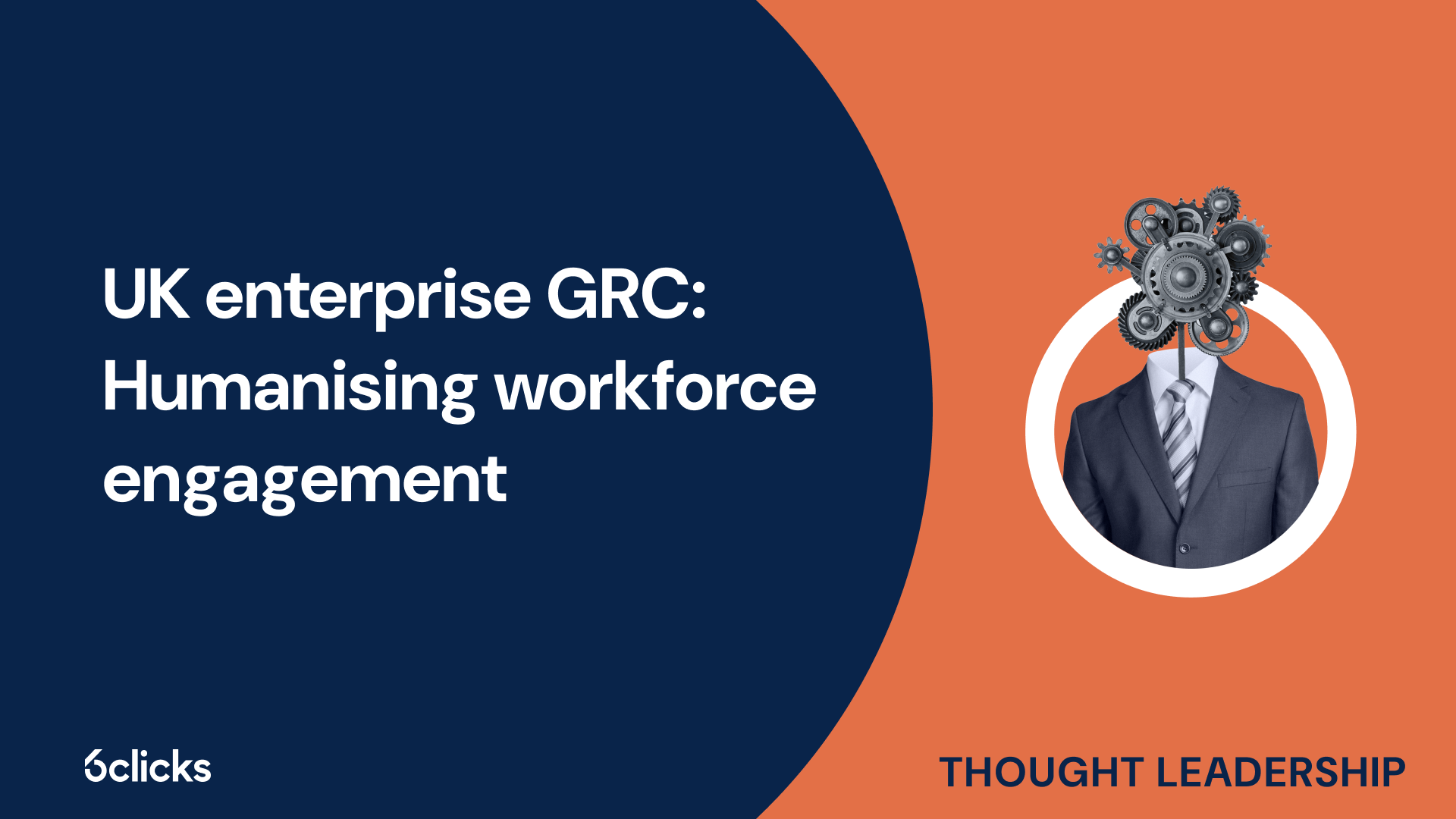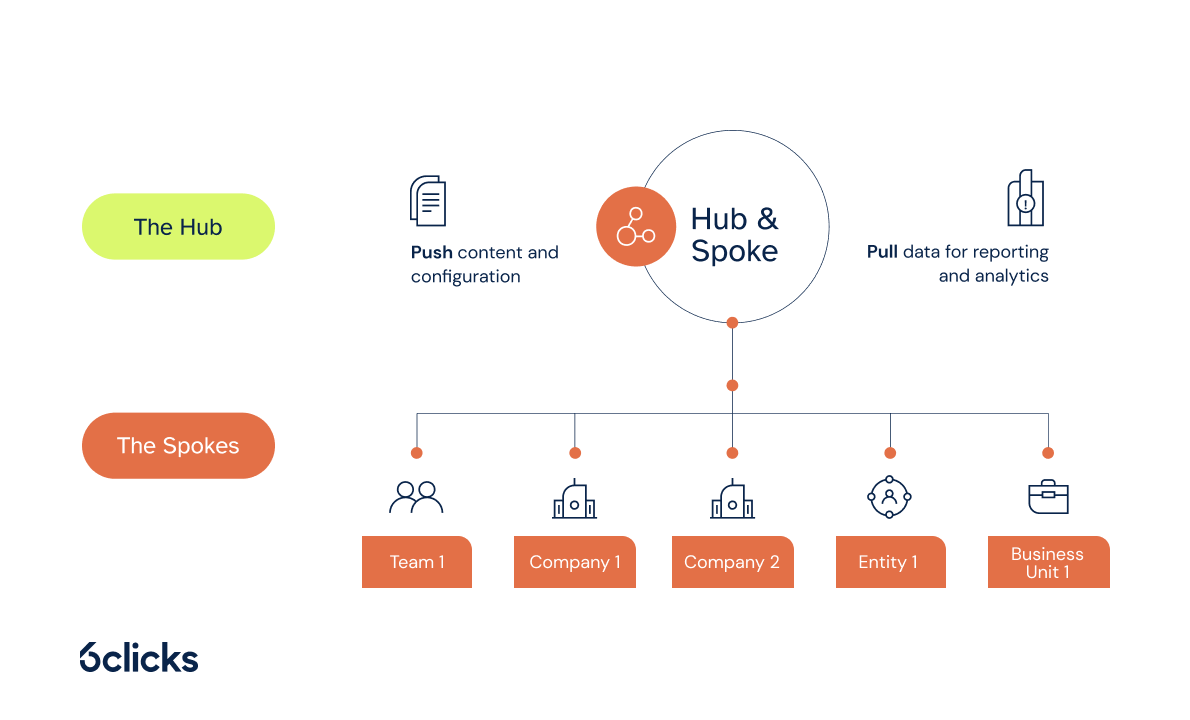
UK enterprises face a critical disconnect between their governance, risk, and compliance (GRC) training investments and actual workforce engagement outcomes. Recent industry analysis reveals that 68% of employees view traditional compliance training as a checkbox exercise rather than meaningful professional development, leading to retention rates below 25% and error rates exceeding industry benchmarks by 40%. Today, we will explore how UK organisations can improve workforce engagement in GRC by transforming compliance training into a personalised, tech-powered career development tool. Learn more below.
The UK workforce engagement challenge: Why generic GRC training fails
The financial services and technology sectors particularly struggle with this engagement crisis, as regulatory complexity increases while employee patience for generic, one-size-fits-all training diminishes. A 2025 survey of UK compliance professionals suggests that organisations relying on standardised GRC training modules often see significantly higher compliance violations compared to those using role-specific approaches—with costly penalties and remediation efforts potentially reaching into the millions annually.
That said, UK organisations quickly learned that investing in tailored workforce training helps build a sturdier foundation for resilient GRC programs.
From survival to strategy: The evolution of GRC in UK enterprises
The GRC conversation has fundamentally shifted from basic regulatory compliance to strategic workforce enablement. While five years ago, UK enterprises asked, "How do we survive the next audit?" today's forward-thinking organisations ask, "How can GRC drive competitive advantage through our people?" This evolution reflects a mature understanding that engaged employees who understand their role in risk management become the strongest defense against compliance breaches.
Humanising compliance: Role-specific GRC training frameworks

Successful GRC humanisation begins with recognising that a derivatives trader, IT security analyst, and customer service representative face vastly different risk scenarios despite working for the same organisation. Leading UK enterprises now map compliance requirements to specific job functions, creating targeted micro-learning experiences that resonate with daily responsibilities rather than abstract regulatory concepts.
From SANS, we learn that compliance‑driven role‑based training targets employees based on regulatory requirements—like providing PCI‑DSS training only to staff handling cardholder data. Risk‑driven role‑based training goes a layer deeper, delivering specialised modules to high‑risk roles. For example, IT administrators might receive advanced phishing simulation training or privileged access scenarios due to their elevated threat profiles.
Under this framework:
-
All employees: Basic foundational training (e.g., data protection, ethics)
-
Specific roles: Additional, focused training—for instance:
-
Traders: Simulations of market manipulation and insider‑trading controls
-
IT admins: Incident response drills and secure configuration workshops
-
HR staff: Handling of sensitive personal data and breach disclosure steps
-
By tailoring compliance training to each role, organisations not only reduce fatigue but also help employees build skills directly relevant to their career paths; whether in financial services, IT, or customer operations.
Technology-enabled personalisation: AI-driven GRC learning experiences
Artificial intelligence transforms GRC training from static content delivery to dynamic, adaptive learning journeys. Modern platforms leverage natural language processing to analyse job descriptions, past compliance incidents, and individual learning patterns to create personalised training paths that evolve with each employee's role and performance.
.png?width=843&height=536&name=Group%20361%20(2).png)
AI-powered GRC platforms like 6clicks take this concept further by embedding support directly into the flow of work. Hailey Assist, the platform’s conversational AI assistant, helps users:
-
Navigate the platform and perform tasks such as creating a new risk or launching an assessment
-
Retrieve critical information instantly (e.g., What were the results of our last audit?)
-
Get answers to both general GRC queries (What is ISO 27001?) and program-specific ones relevant to the organisation
- Access relevant resources such as Knowledge Base articles and records (e.g., risks, controls, or incidents) within the platform based on their inquiry
-
Receive contextualised guidance that adapts to their role, responsibility, and program needs
And with Hailey Assist soon available in Microsoft Teams, engagement extends well beyond compliance teams. Executive leadership, board members, frontline managers, and their teams can seamlessly access insights and interact with GRC processes in their daily workspace—strengthening cross-role collaboration and cultivating a truly risk-aware organisational culture.
Measuring success: KPIs for humanised GRC programs
Traditional compliance metrics—completion rates and test scores—fail to capture the true impact of humanised GRC programs. Progressive UK enterprises now track behavioral indicators including voluntary engagement with compliance resources, peer-to-peer knowledge sharing, and proactive risk identification by frontline employees. These leading indicators predict compliance outcomes 6-12 months before violations typically surface.
Key performance indicators for humanised GRC include:
- Time to competency for new hires (often reduced from months to weeks, e.g., 90 to 30 days)
- Employee-reported near-misses (can rise significantly, e.g., by 200–300%, indicating greater awareness)
- Compliance confidence scores (commonly showing marked improvement in self-reported understanding of role-specific requirements)
Organisations tracking these metrics report fewer regulatory findings and faster incident resolution when issues do arise.
Implementation roadmap: Transforming your UK enterprise GRC training
Successful GRC transformation requires a phased approach that balances quick wins with sustainable culture change.

Phase one: Stakeholder alignment
This phase brings together compliance leaders, department heads, and HR to establish a shared vision for humanised GRC training. A current state assessment identifies gaps between existing training programs and the organisation’s role-based compliance risks, creating a clear baseline for improvement.
Phase two: Pilot programs
With alignment in place, targeted pilot programs are launched in high-risk or high-complexity departments such as trading, IT, or customer-facing teams. Personalised training modules are tested against key metrics like reduction in compliance errors, faster time to competency, and higher employee engagement.
Phase three: Enterprise-wide rollout
Successful pilot outcomes provide the evidence to secure broader buy-in across the organisation. The framework is then scaled enterprise-wide, supported by communication campaigns, leadership sponsorship, and integration into HR and performance management systems. With 6clicks, this stage is accelerated through its federated architecture and deployment model called the Hub & Spoke, which allows centralised training content to be distributed seamlessly and consistently while still giving business units the flexibility to adapt learning to local needs.

Phase four: Continuous improvement
The final phase ensures training remains dynamic through employee feedback loops, regular reviews, and ongoing monitoring of compliance metrics. As regulatory requirements evolve, training content is updated automatically to keep the program aligned, relevant, and effective over time.
UK enterprises following this roadmap typically achieve transformation within 18-24 months, with measurable compliance improvements visible within the first quarter. Critical success factors include executive sponsorship, cross-functional collaboration between HR, compliance, and IT teams, and investment in change management to shift mindsets from compliance-as-burden to compliance-as-capability.
Summary: Humanising GRC for lasting impact
For UK enterprises, the path to stronger compliance isn’t more generic training; it’s humanised, role-specific, and supported by intelligent technology. By doing so, organisations can transform compliance from a box-ticking burden into a strategic enabler of resilience and trust.
The key takeaways:
-
Tailor compliance to real-world responsibilities through role-specific frameworks
-
Leverage AI-powered personalisation to deliver adaptive, engaging learning experiences
-
Track behavioural KPIs to measure genuine impact rather than surface-level completion rates
-
Embed continuous improvement and employee feedback to keep training relevant and effective
- Position compliance training as career development, equipping staff with transferable skills in risk and governance
With 6clicks, this transformation becomes faster and more scalable. From Hailey Assist, which delivers contextualised, AI-powered guidance directly in the flow of work, to the Hub & Spoke architecture that simplifies enterprise-wide rollout, 6clicks empowers UK businesses to engage their workforce and achieve measurable compliance outcomes.
Reimagine your compliance training with 6clicks today.


